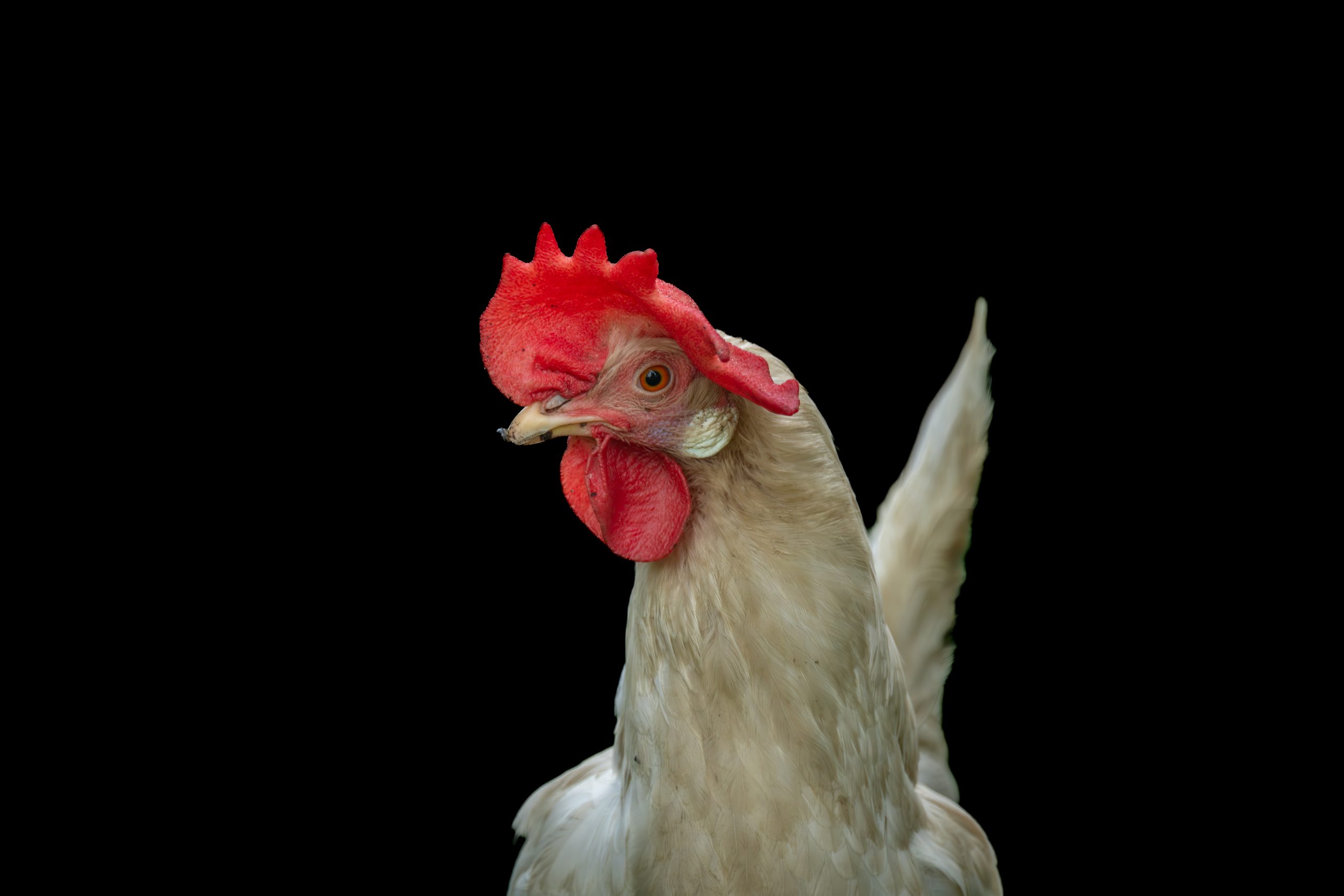The ghost of last winter’s exorbitant egg prices is haunting shoppers once more as a resurgence of the highly pathogenic avian influenza (H5N1), commonly known as bird flu, sweeps across US poultry farms. Could consumers brace for another round of sticker shock at the supermarket?
A Costly Comeback
While memories of the $6.23-per-dozen egg prices of late winter might be fading (prices have since settled around $3.49), the underlying threat of H5N1 remains very real. The virus, spread by migrating wild birds, has resurfaced with a vengeance, triggering a wave of culling on commercial poultry operations. Since early September, a staggering 7.3 million farmed birds have been eliminated in an attempt to contain the outbreak.
This figure significantly surpasses the culling rates observed during the same period in previous years, raising concerns about the potential impact on egg supply and, consequently, consumer prices. The concentration of the virus in just three egg factory farms, accounting for three-quarters of the culled birds, is particularly alarming.
The Ripple Effect: Beyond Egg Prices
The implications of the bird flu outbreak extend beyond just the price of eggs. While the mass culling of millions of birds is undoubtedly tragic, it also signals a broader vulnerability within the poultry industry. The rapid spread of the virus highlights the challenges in maintaining biosecurity measures and protecting flocks from wild bird interactions.
The economic consequences of widespread outbreaks can be devastating for farmers, leading to significant financial losses and disruptions to the supply chain. Furthermore, the increased reliance on culling as a control measure raises ethical questions about animal welfare and the sustainability of intensive farming practices.
Navigating Uncertainty: What’s Next for Consumers?
The resurgence of bird flu introduces a significant degree of uncertainty into the food market. While it’s difficult to predict the exact trajectory of egg prices this winter, the current outbreak suggests a potential for price volatility. Consumers may want to look at alternative protein sources and strategies for managing their food budgets.
The ongoing situation also underscores the need for proactive measures to prevent future outbreaks. This includes investments in improved biosecurity protocols, enhanced surveillance systems, and research into more effective vaccines. By addressing the underlying vulnerabilities within the poultry industry, stakeholders can help mitigate the risk of future disruptions and ensure a more stable and affordable food supply for consumers.
SOURCE: Vox
Based on materials: Vox





